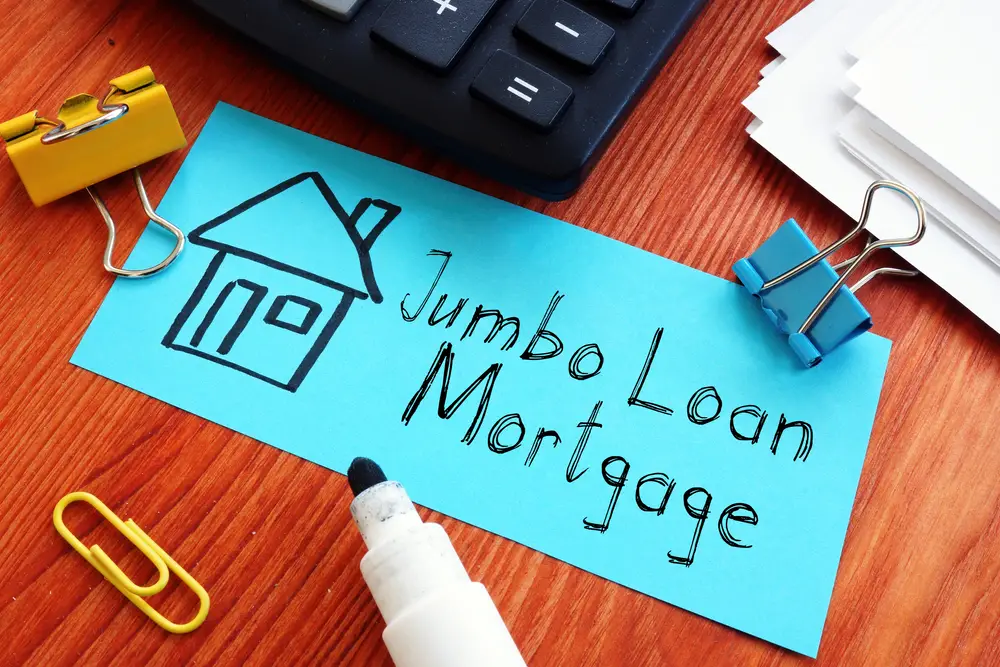Click here to get this post in PDF
The fact that Jumbo reverse mortgages were utilized almost entirely for high-dollar-value-homes; hence they originally derived their name from here. At times they have even been known as private or proprietary reverse mortgage programs. Nonetheless, with very extravagant properties, those programs are developing much more intermittently. Hence, along with the loan itself, the “private reverse mortgage” label is more famous.
As HUD modified, Primary uses have changed
With greater value, the private programs were used exclusively for properties as compared to when the program 1st launched in the mid-2000s by the U.S Department of Housing and Urban Development. On the quantity of money, the program will permit as a percentage of the value of the home HUD was very much benevolent. This was when the program was first started by HUD. Above the HUD maximum lending limit, the property certainly has to be efficient, for the private or jumbo program to get on for most borrowers.
With the market crash, Private programs disappeared
In 2008 after the secondary market began to extremely dry up for mortgage products, then in 2009, entirely the investor’s appetite vanished for private market reverse mortgages. After this only HUD home equity conversion mortgage loan remained available of all values of the properties to borrowers. There was a raise to $625,500 in the national landing limit for reverse mortgages as part of the stimulus program. But noticing and considering the substantial principle limit with a lending limit exceeding $625,500 on $2 million worth property or even more, this determined building upon ages of the borrowers, to just $325,000 to $425,000 those borrowers may be limited this means less than 16% of the home value. To permit them to use the reverse mortgage program, senior borrowers with currently active loans may often not be able to pay the loss.
Slowly at first, A new program develops
For almost 5 years the market has not had any private programs, but then in 2014 September month, an introduction of a new proprietary program was announced. At first, the borrower’s commencement and acknowledgment of the product were slow. As compared to the conservative and value underwriting guidelines, the program was highly moderate with low loan amounts. All the way up to $1.2 million in almost every case, the HUD program offered borrowers more money, even though the highest value at which each additional value appeared in further funds to the borrower was $625,500 and this limit is set by HUD.
But still, this was just the start, as with homes valued at $1.5 million the borrowers found new hope in jumbo reverse mortgage products by which they will get a higher advantage and an advanced chance of settling out currently active liens. Then as further programs start to come up, approximately 18-24 months later, to make the program more aggressive, the competition for this product starts to push investors. More supportive parameters are now available and rates have come down, as well as become the better choice for the borrowers with all the values of the home.
Final Words
The bottom line is that a positive impact on the innovation of private products forthcoming to the reverse mortgage market was done with the issues that HUD was having with losses. To investors, this will make the loans more interesting who purchase them for their portfolio, now in return will offer liquidity to the market and create a product that is even more competitive. This will be beneficial for both lenders and borrowers, and even for those who have great property but don’t come under the HUD frame.
You may also like: 5 Mortgage Tips For Educators
Image source: Shutterstock.com

